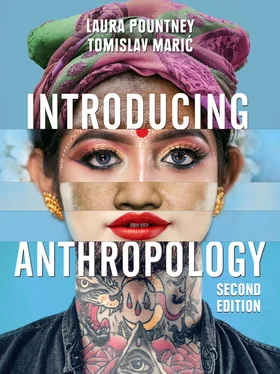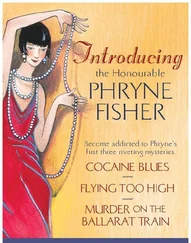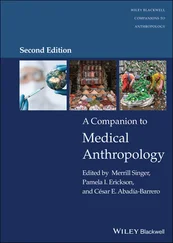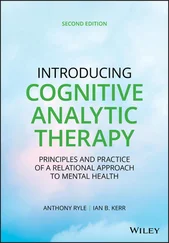The whole notion of desiring paler skin relies upon and emphasizes toxic ideas of white superiority. It was during the height of colonialism and the rise of ‘scientific racism’ (the pseudoscientific idea that empirical evidence supports notions of racial superiority and inferiority) during the eighteenth and nineteenth centuries that white skin became even more desirable. Whiteness came to signify not just personal privilege but also belonging to a privileged group; dark(er) skin, meanwhile, was linked to racial inferiority and slavery. Whether in apartheid South Africa or the segregationist USA, whiteness, in the words of critical race scholar Cheryl Harris (1993), ‘became the quintessential property of personhood’. Nina Jablonski (2012) writes that ‘untanned skin was a symbol of the privileged class that was spared from outdoor labour. Dark-skinned people were deprecated because they were of the labouring class that worked out in the sun.’ Colourism, as sociologist Margaret Hunter (2007) calls it, is prejudice involving the preferential treatment of people with light skin within and between ethnic groups. This is seen especially in areas such as income, education, housing and the marriage market. Colourism is directly related to a larger system of racism.
colourismPrejudice involving the preferential treatment of people with light skin within and between ethnic groups
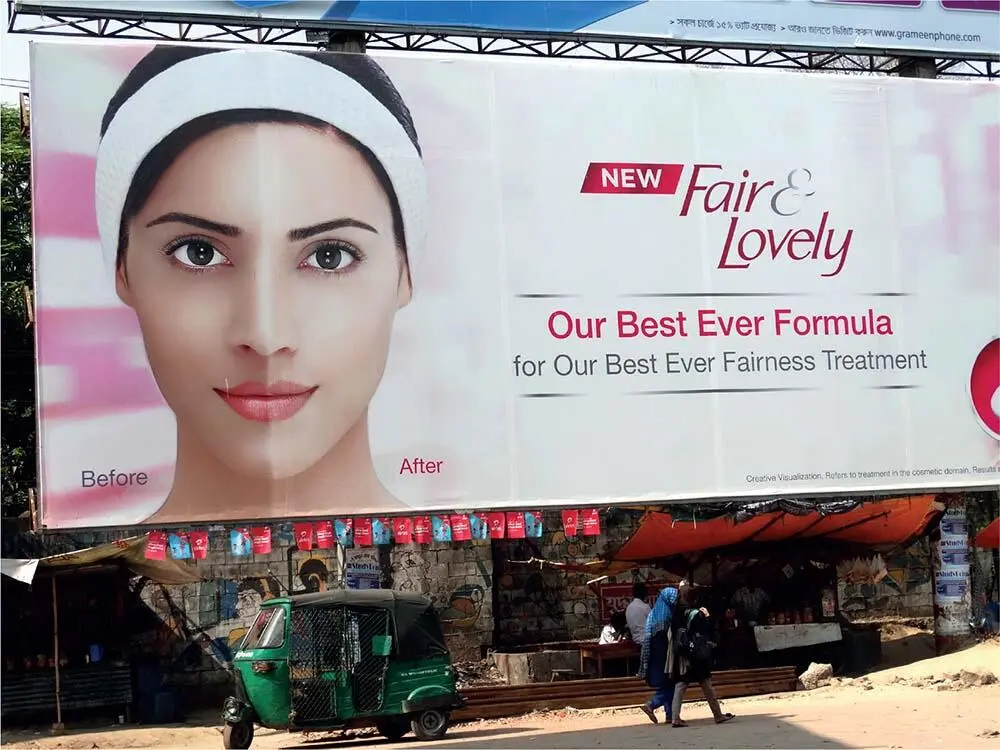
Fair & Lovely: Billboard advertising skin-whitening cream in Chittagong, Bangladesh.
(© Adam Jones / flickr)
Perhaps an increasing awareness of internalized ideas about whiteness, and their origins in the history of racism, combined with the modern push against discrimination based on skin colour, will increase acceptance of all skin tones around the world. But there is a long way to go before this hierarchy is likely to be overturned and before ideas that run so deep that many people aren’t even conscious of holding them are likely to change.
Keeping up with the times (Gideon Lasco)
Here, physician and medical anthropologist Gideon Lasco explores the effects of skin-lightening practices among men in the Philippines (see Lasco and Hardon 2019) .
Jose, aged 19, is a college student in Puerto Princesa City, Philippines. On a regular school day, after he wakes up, he takes a shower, scrubbing his body using soap made of papaya (Carica papaya), a fruit that’s said to have skin-whitening properties. Afterwards, he applies a facial whitening lotion, and before finally going to school he uses SPF 30 sunscreen, again with whitening properties, on his face and arms. Jose is not alone in his use of such products. A 2015 study found that the prevalence of skin-whitening product use among male university students in twenty-six low- and middle-income countries was 16.7 per cent. The figure was higher in many Asian countries: 17.4 per cent in India, 25.4 per cent in the Philippines, and 69.5 per cent in Thailand.
Why do Jose and many other young men in many countries want to whiten their skin?
First, it must be pointed that the preference for white skin, even among men, has existed since ancient times. In Heian Japan (AD 794–1185) and Ming China (1368–1644), handsome men were described as having white or pale skin. American anthropologist Nina Jablonski (2012: 167) writes that, historically, ‘untanned skin was a symbol of the privileged class that was spared from outdoor labor … Dark-skinned people were deprecated because they were of the labouring class that worked out in the sun.’ Colonialism lent another meaning to white skin, making it a marker of racial – not just class – distinction.
Today, cosmetics companies, through mass-mediated, star-studded advertising, reflect and reinforce these notions. While it is insightful to look at these historical and global trends, it’s also important to look at the users of skin-whitening products themselves. In the Philippines, many young men are motivated by perceived social and economic gain. Call centre agent Edwin, aged 20, for instance, says that whiter skin will make him ‘more attractive to girls’. Jose, for his part, wants to someday be a flight attendant, saying: ‘If you’re fair-skinned, you’re noticeable, and that gives you an advantage.’
Their assumptions find empirical support in studies that suggest men with lighter skin are more likely to get higher-paid jobs. When young people who do not have academic credentials or social connections have only their bodies as ‘capital’, their pursuit of whiter skin becomes understandable. But from a public health perspective, the proliferation of whitening products raises questions of efficacy and safety. For all their promised effects, there’s actually no proof that many products actually work, and a lot of them have potentially grave side effects. Mercury, for instance, is a known toxin, but it’s still found in many skin-whitening products.
Alongside these health concerns, the moral debate continues. Is skin colour, which is determined by genes, occupation and lifestyle, becoming another layer of inequality thanks in part to skin-whitening products? By illuminating the perspectives and lived experiences of people who lighten their skins, anthropology can help us understand the phenomenon of skin whitening – and the meanings of (un)fair skin.
Skin bleaching is the use of cosmetics lightening products on the skin to look lighter. This practice sometimes has negative effects and these side effects can have an impact on our body image and our self-image. Skin-lightening is an aesthetic practice of global concern. Conduct research on whitening skin practices in Mumbai, the Philippines, Jakarta, South Africa and other parts of the world, and answer the following questions:
Why do people use skin lighteners?
What are the dangers of skin lightening products?
How much are media or companies that sell these products to blame?
What do whitening pills, drinks, sprays, powders and lotions do for youth in the Philippines?
What effects are they seeking?
How can we understand the ways chemicals affect young bodies and minds?
What is the lasting effect of skin bleaching, both physically and psychologically?
What is skin bias?
How can practice of skin whitening be linked to racism?
Body Types
Body image in Fiji
To be healthy, the body mass of the human body has to be within a certain range. If the body is particularly underweight or obese, it will be unhealthy. It could be argued that certain body types are more likely to produce healthy children and, therefore, that there may be an evolutionary explanation for why one body type may appear more attractive to the opposite sex. However, within the range of body shapes there is a wide variety of possibilities.
Anne Becker (1995) conducted fieldwork in Fiji and examined the cultural context of the embodied self through her ethnography of bodily aesthetics, food exchange, care and social relationships. She contrasts the cultivation of the body/self in Fijian society with that in the USA, arguing that the fascination of Americans with, and motivation to work on, moulding (shaping) their body as a personal effort is permitted by their notion that the self is individuated and autonomous. On the other hand, because Fijians concern themselves with the cultivation of social relationships expressed largely through nurturing and food exchange, they have a vested interest in cultivating others’ bodies rather than their own. So, while they pay careful attention to weight and appetite changes among community members, Fijians demonstrate a relative lack of interest in self-reflexive work on the body. Becker demonstrates how the individual body is communally observed, cared for, worked upon and interpreted in Fiji, and how it is in many ways regarded and experienced as a manifestation of its community rather than of the self. Fijian embodied experience not only reflects and includes community processes, but also at times overcomes the body’s physical boundaries. Becker’s study shows that other cultures may have very different ideas from those of Western culture of what the ‘ideal’ body should look like. The reasons for favouring one body type over another relate to social factors – for example, in Fiji, a woman who can work hard is valued, and strong calf muscles are an indication of that. In modern Western society, the mass media are very influential in forming ideals of body shape, as the body does not have the same importance in relation to work or reproduction.
Читать дальше
